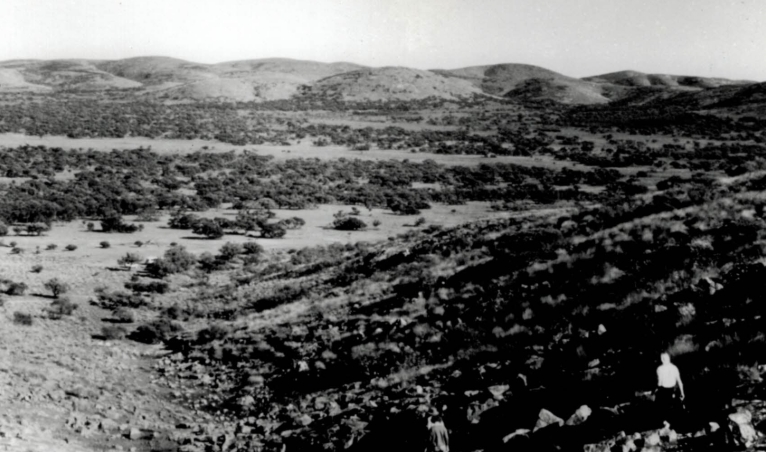Diastrophism is a geological force that shapes the Earth’s surface over millions of years. Let’s explore this powerful force and understand its definition in science.
What is Diastrophism?
Diastrophism refers to the slow movement and deformation of the Earth’s crust, leading to the formation of mountains, valleys, and other geological features. It is caused by tectonic forces, such as plate movements and volcanic activity, which result in the folding, faulting, and uplifting of the Earth’s crust.
Types of Diastrophism
There are two main types of diastrophism: orogenic and epeirogenic. Orogenic diastrophism involves the formation of mountain ranges through processes like folding and faulting, while epeirogenic diastrophism causes large-scale uplift or subsidence of the Earth’s crust.
Effects of Diastrophism
Diastrophism has a profound impact on the Earth’s surface. It can create landforms like mountains, plateaus, and rift valleys, as well as cause earthquakes, volcanic eruptions, and tsunamis. These geological events shape the landscape and influence the distribution of natural resources and ecosystems.
Exploring Diastrophic Landforms
By studying diastrophic landforms, geologists can gain insights into the Earth’s dynamic processes and history. Examples of diastrophic landforms include the Himalayas, the Mid-Atlantic Ridge, and the Great Rift Valley. These features provide clues about past tectonic activities and help scientists understand the forces shaping our planet.
Understanding the Forces of Diastrophism
Diastrophism is a fundamental aspect of Earth’s geology and plays a critical role in the formation and evolution of the planet’s surface. By exploring the forces of diastrophism, scientists can deepen their understanding of the Earth’s dynamic processes and how they influence landscapes, natural disasters, and geological events.

